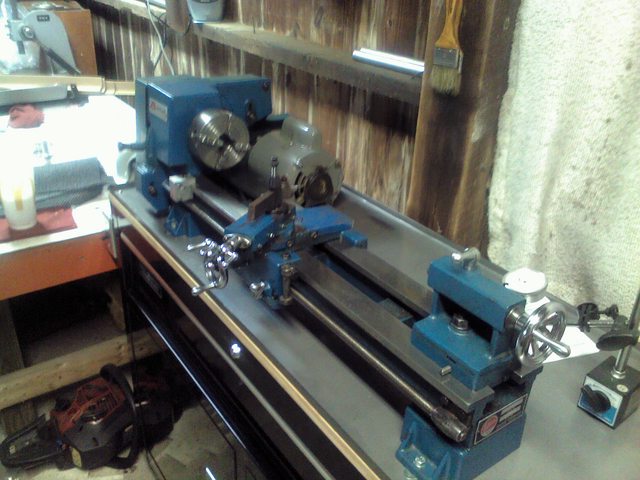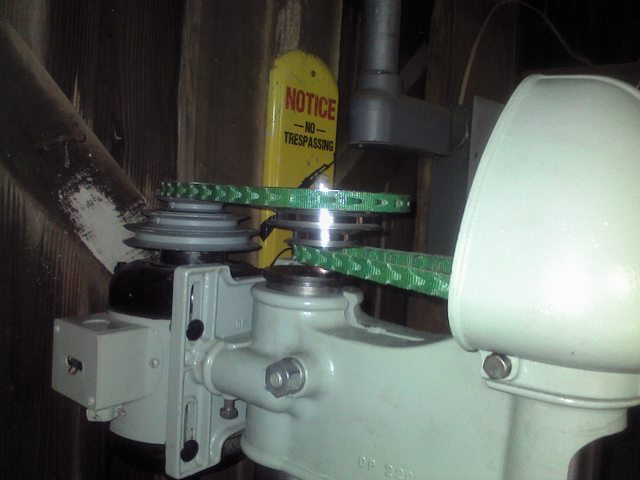You're going to like the Atlas. I picked my Atlas 10100 Mk.2 lathe up several years ago with nothing but the motor, 4-jaw chuck & 1/2" drill chuck in the tail stock. It had the lantern style tool post (which I still have), it was clean and the estate sale price of $360 was affordable.
Make sure you get it leveled up correctly and cut a test bar to dial it in and remove any twist from the bed so that it doesn't cut a taper on longer pieces. I managed to get mine down to a few ten-thousandths on a piece of stock sticking 6" out of the 4-jaw unsupported. You'll be pleasantly surprised by how accurate it can be when set up properly.
I've used some of the pre-ground 1/4" HSS tool bits from LMS and have been happy with those as well as the small carbide insert sets you can find at Harbor Freight for around $20 with one of their coupon codes.
I used it to successfully make a speed reduction pulley setup for a Delta DP220 drill press I picked up for free and restored. Worlds better than most of the off the shelf commercial stuff offered today...



